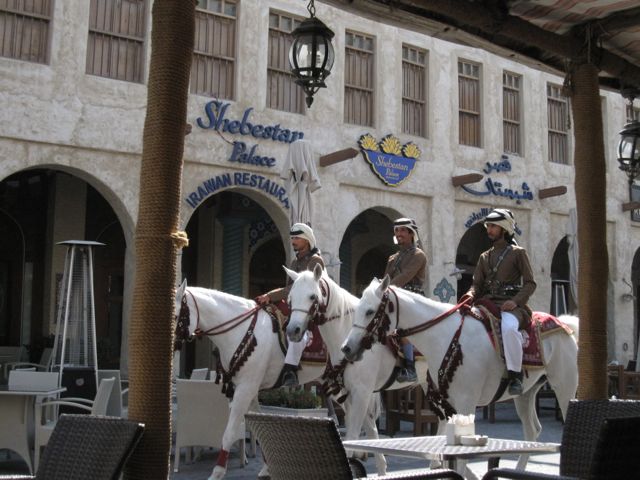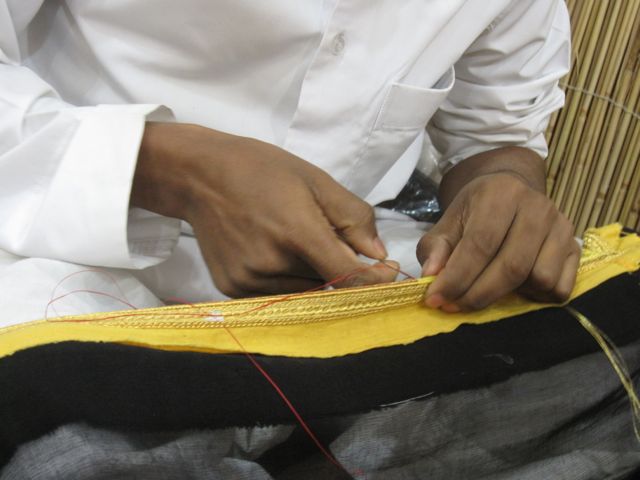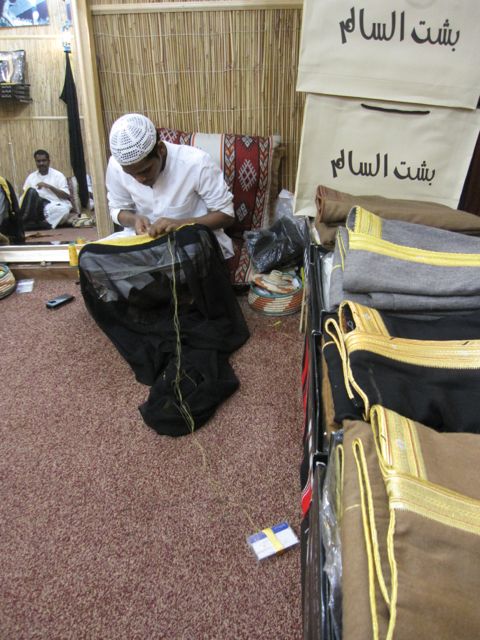To clarify, because some may say that spinning and weaving with extremely fine, strong yarn is not about 'knowing' but rather the acquisition of skill: I see the acquisition of traditional skills as a way of knowing, and my own work shows me the extent to which I live and learn outside of any particular way. My efforts are self-motivated, not integral to my culture or the expectations of my community, and I have only for very brief moments learned from anyone in person.
So in this sense, I really know almost nothing, set against any given way of knowing. Because a way of knowing is an immersion, a living-through, an acquisition of technique that goes beyond technique to the understanding of how it fits in with one's role in life, to one's purpose as a human being. This is the ineffable quality one sees or senses in the master's work, the craftsperson who is so completely at home with the work that every stage of the process looks like fulfillment.
It is also the quality of a living textile making tradition, that each skill and facet of knowledge is essential and integral to the person and the community. It is a belonging, and the reason I'm talking about it is because I feel the lack and the longing for it in my own explorations. I have the freedom of the unattached. Not locked into any tradition or community, I can play the dilettante, exploring Bedouin ground loom weaving here, and Katu foot-tensioned weaving there, but I miss the sense of home, the grounded identity that comes with being a weaver in a weaving culture, and the connection of my community with my work.
The state of not knowing is quite welcome to me, because it means I am open to learn. The first time I sat down as a weaving student, in a Tibetan handicrafts cooperative workshop in McLeod Ganj above Dharamsala, India, my teacher and I had only a few words in common, in Hindi. I imitated the Tibetan way of looping a double strand of wool yarn around the metal bar and the cotton warp threads on the vertical loom, and she would watch me and periodically say, "Aisa nahi... Aisa," which means "Not like that.... Like this." Often I would feel the explanations rise to my mind, the reasons why I was doing it 'like that,' because I thought blah-blah-blah..... Since we couldn't speak, I could never explain, and it was just as well, because I was stripped of my American defensiveness and the wish to prove that I understood, and could only ever prove it by doing it right.
So when I experience the truth of how little I know, it means that I'm fit to learn, and it often means I'm actually faced with a teacher, in which case it is even more welcome. Acknowledging my own ignorance is a way of appreciating the wealth of knowledge carried by so many textile cultures, and it is this ignorance that motivates me. I don't weave and spin in order to keep creating something I know, but in order to keep learning about what I don't know. As long as I have the freedom that comes with technical ignorance and cultural homelessness, I should exercise that freedom by learning as much as I can, anywhere I can find it.















